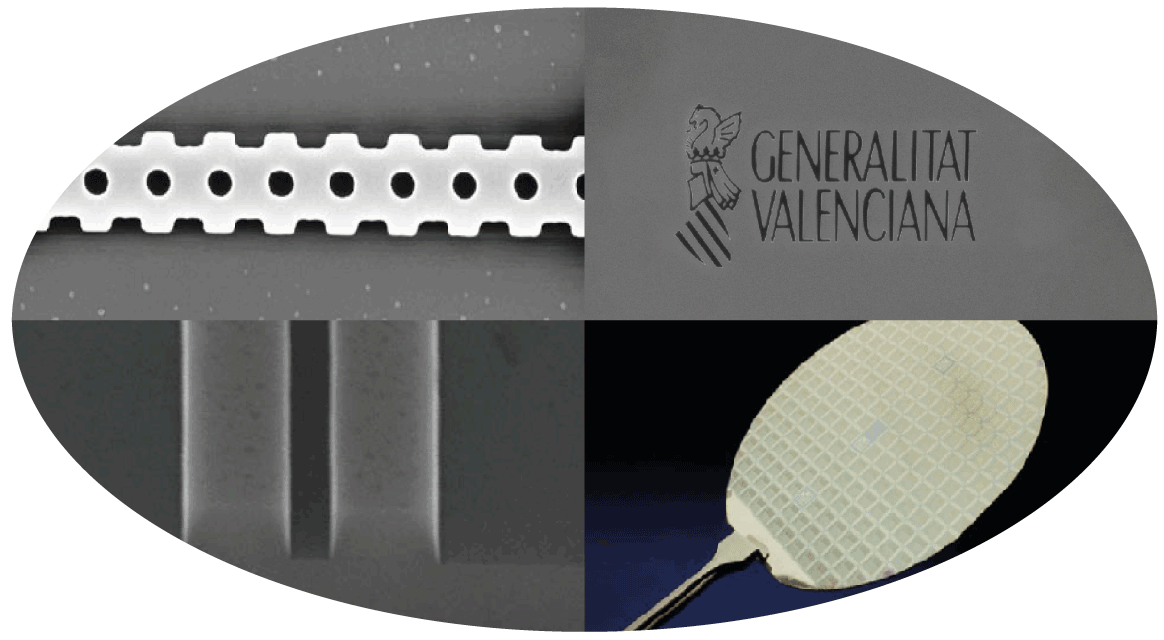SUMMARY
The take-up of nanophotonic integrated technologies is boosting a wide range of applications of high societal and economical relevance. A European and worldwide ecosystem is growing to support the increasing needs, going beyond niche markets. To keep pace with such a rapidly evolving field, the NIRVANA project aims to expand and consolidate a silicon-based photonic integrated platform, unique in Spain, by integrating novel material technologies and developing new devices that will be validated for emerging high-impact fields from artificial intelligence and on-chip spectroscopy to solid state sensors for the health, agrifood, and environmental sectors.
A wide variety of materials (chalcogenides, phase-transition materials, transparent conducting oxide, graphene, and indium phosphide) and their integration into silicon devices will be developed for enabling photonic hardware (optical neural networks) to support artificial intelligence applications with lower energy consumption and faster speeds will be investigated. On the other hand, novel silicon waveguide nanophotonic circuits will be optimized and demonstrated to improve sensitivity in Raman spectroscopy using telecom wavelengths laser and surface-enhanced Raman spectroscopy of single molecular monolayers using visible light excitation. Furthermore, the proof-of-concept demonstration of chiral spectroscopy on a nanophotonic chip will also be targeted.
Photonics is also envisaged as one of the main technologies for the development of advanced analysis sensing systems for health, agrifood, and environmental applications, commonly known as Lab-on-a-Chip (LOC) systems. In the NIRVANA project, two main approaches will be addressed for the development of novel photonic-based LOC systems for health and clinical diagnostics, one based on tomographic phase microscopy and the other based on localized surface plasmonic resonance combined with molecular gates. In addition, novel photonic integrated sensors for the detection of microbial, chemical, allergens and toxins contamination in food and water resources will also be targeted at the project. Disruptive approaches such as the use of slow-wave phenomena, multi-sensing or porous materials will be considered. Furthermore, nanophotonic devices optimized for the visible wavelength regime will be developed to reduce costs and facilitate penetration in the agrifood and environmental sectors.

FACT SHEET
TITLE
Nanophotonic integrated devices for emerging high-impact applications
ACRONYM
NIRVANA
REFERENCE
PROMETEO Program (CIPROM/2022/14)
DURATION
Jan 1st, 2023 till Dec 31st, 2025
BUDGET
600.000 €
FINANCING AUTHORITIES
Generalitat Valenciana



